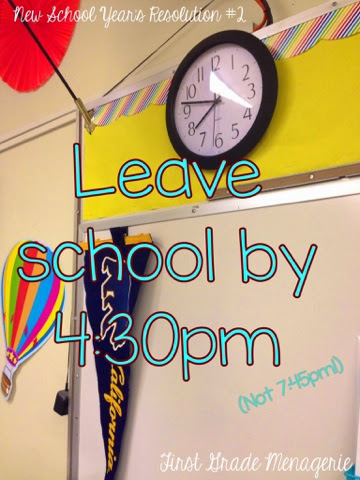My hand-painted pencil shoes have been receiving a lot of attention lately, especially after being featured by @targetteachers' Instagram! They've received more likes and comments than any other picture I've posted on Instagram, and have been the subject of countless direct messages from followers who want more information about how I made them. Well, here is everything you need to know about making your very own pair!
{If you aren't up to the task of making your own, send me an email at primarycircus@gmail.com to inquire about ordering a custom pair!}
THE MATERIALS:
Start with a pair of white canvas shoes. I bought mine from Target for $16 or $17. I believe Walmart also sells an inexpensive pair as well. You will also need:
~ Acrylic paint: Pink, Yellow, Gold (or very light brown/tan) Black, and Green
~ Paintbrushes: One very small, and one medium-sized
~ Painters tape/masking tape
~ Mod Podge
Paint the heel of each shoe pink. I needed to use several coats of paint, but you'll be able to tell exactly where you may need a little more coverage once it dries. (As a rule of thumb, I like to let each coat of paint dry before adding another layer.)
After completing the heels, I move on to paint the rest of the shoe yellow, taking extra care between the shoelace holes and along the edge of the rubber sole. I like to use a tiny (like, really tiny) brush for these areas, and then a larger brush (like the size that comes with most kids' watercolor trays) for the bigger areas of canvas. I found that it also helps to thin the paint a bit with water when getting into the trickier areas. (Keep in mind however, the more you dilute the paint, the greater the number of paint layers you'll need to apply.)
It's not necessary to go all the way to the edge of the toe, since this area will be painted two other colors. (But don't forget to paint the top of the tongue flap inside as well!)
Here I made a scalloped line with my paintbrush before filing in the toe area with more gold paint. There is a twinge of shimmer in the gold paint, but once the entire shoe is finished it looks nice and just adds a bit of dimension (not flashy at all).
Finish filling in the rest of the toe with gold paint to represent the wood of a sharpened pencil.
Just like I did with the gold scallops, use a tiny paint brush to draw a slightly curved line with black paint to mark where the black will go. Start off making your line closer to the tip of the shoe, rather than further. (That way you can just add a bit more paint if you don't like the curve you made, or if one toe is a bit different from the other.
When doing the toes, I like to keep both shoes side by side so I can ensure both the left and the right shoes are painted evenly.
Once you've added all the extra coats of pink, yellow, gold, and black, and everything is completely dry, it's time for the trickiest part of all: the double green lines, and the black No. 2. Again, do not begin this step until the yellow paint is absolutely, 100% dry. (Trust me. You will mutter - or scream - words that are not appropriate for the classroom.) If you paint over wet yellow paint with black paint, the colors will bleed together in a rush of swirled liquid, while you watch the lines of your carefully crafted "N" (the beginning of No. 2) travel half an inch across the canvas.
If this does happen: carefully blot the offended area with a paper towel, and let everything dry. (Yes, it will still look pretty messed up at this point.) Then, once dry, paint over the messed-up area with yellow paint. You may need several coats to cover your mistake, but it should cover eventually. Then try again! (And even if there is a faint smudge peeking through the yellow, no one is going to notice once the shoes are on your feet.)
************************
When painting the No. 2 and the green stripes, use a veerrrrrryyy thin paint brush. I also recommend thinning the paint a bit so that the brush glides easily across the canvas of the shoe. If you need to, you can write it with a pencil first, and then paint over the pencil marks. (You could even do the whole thing with a black Sharpie if you'd like, but I personally prefer the look of paint.)
For the green stripes, I drew them on with my paintbrush free-hand, but you could also use painters tape to ensure a perfect line.
Once again, allow both shoes to completely dry. Then, use a thick paintbrush to coat the entire surface with a (not thin, but not too thick either) layer of Mod Podge. I used two layers, letting everything dry between coats. And don't panic when it appears that you are ruining your handiwork with a milky-white layer of glue. It will all dry clear, and prevent the paint from running off your shoes the second you get hit with a neighbor's lawn sprinkler while walking your dog.
{That being said, THESE SHOES ARE NOT WATERPROOF. The Mod Podge will make the paint fairly water-resistant, however if the weather forecast calls for rain, I recommend leaving the pencil shoes at home.}
Good luck! I would love to see your creations! If you post them on Instagram, please tag me @primarycircus so I can get a peek!








































